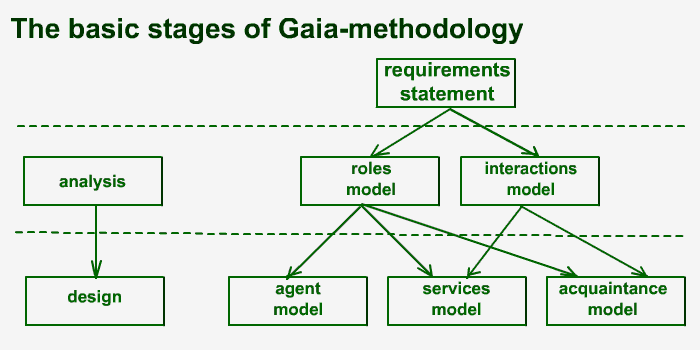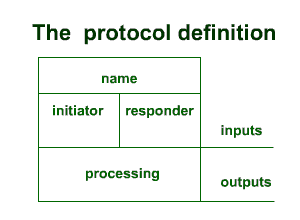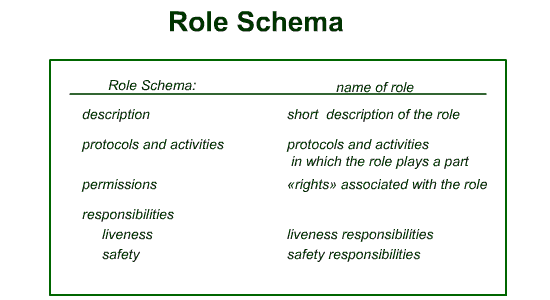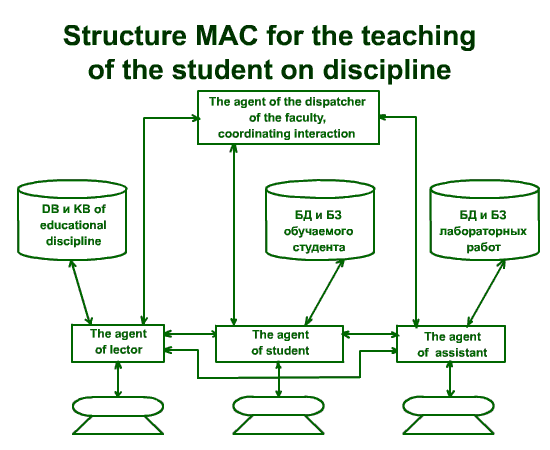[1] Мильнер Б.З. Управление знаниями. – М.: ИНФРА-М, 2003.-178 с.
[2] Тельнов Ю.Ф. Интеллектуальные информационные системы в экономике. – М.: СИНТЕГ, 2002. –316 с.
[3] Трахтенгерц Э.А. Компьютерная поддержка принятия решений. – М.: СИНТЕГ, 1998. – 376 с.
[4] Wooldridge M.,Jennings N.,Kinny D. The Gaia-methodology for agent-oriented analysis and design, published in book: Autonomous Agents and Multi-Agent Systems,3,285-312,2000
[5] Zambonelli F.,Jennings N.,Omicini A.,Wooldridge M. Agent-orinted software engineering for Internet applications, published in book:Coordination of Internet agents:Models,Technologies and Applications,A.Omicini,F.Zambonelli,M.Klusch,R.Tolksdorf, Springer,2000
[6] Franklin S.,Graesser A. Is it an Agent, or just a Program?:
A Taxonomy for Autonomous Agents,Proceedings of the Third International Workshop on Agent Theories, Architectures, and Languages, Springer-Verlag, 1996.
[7]
Zambonelli F.,Jennings N.,Wooldridge M. Developing Multiagent Systems: The Gaia Methodology,ACM Transactions on Software Engineering and Methodology, Vol. 12, No. 3, July 2003, Pages 317–370.
| | | | | | | | | | | | | |





